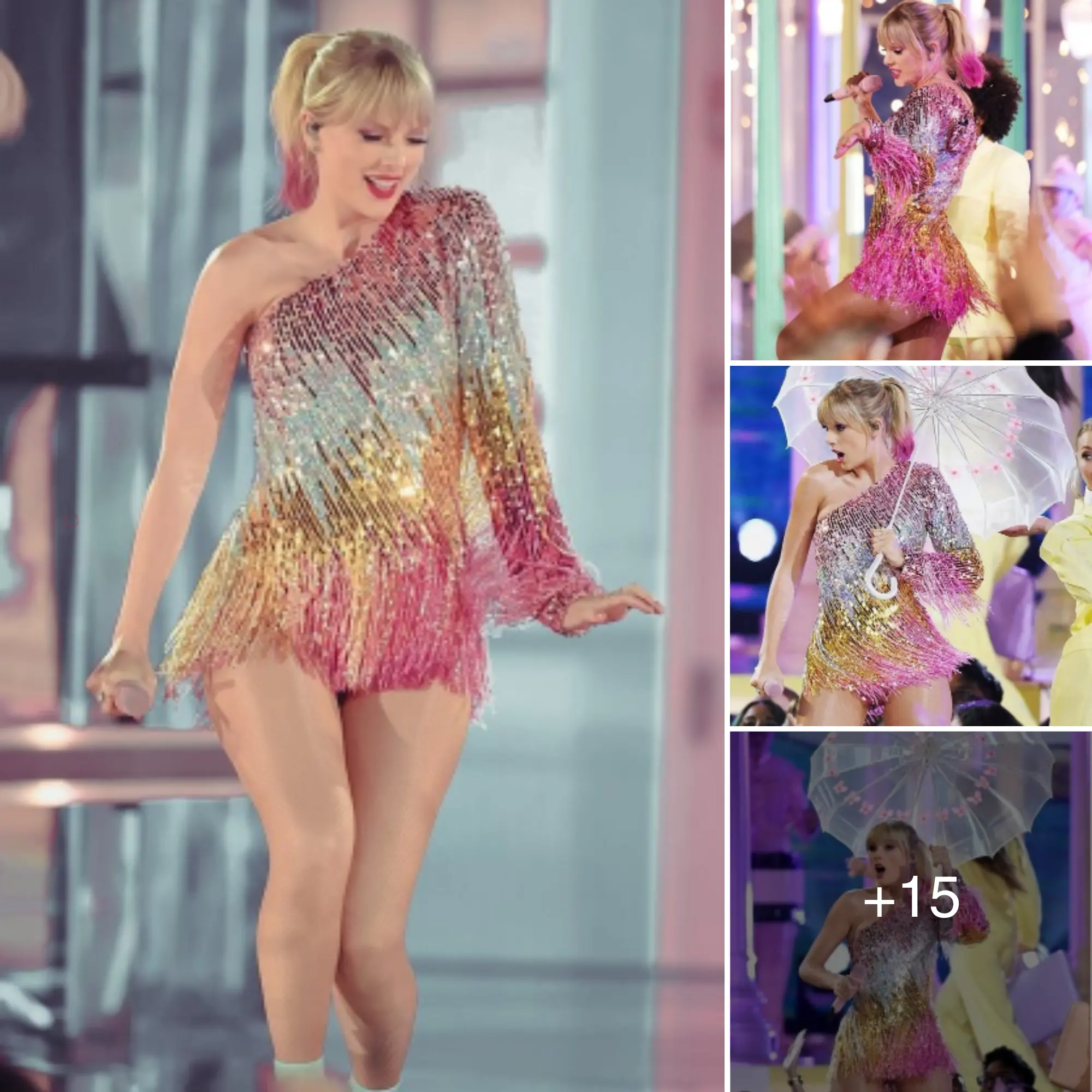
Few stars in the music industry’s kaleidoscope have glowed as brilliantly and continuously as Taylor Swift. Swift’s visual journey has been nothing short of a riveting narrative, tracing her rise from her early days as a teenage country sensation to her metamorphosis into one of the most accomplished and varied artists of her generation.
Taylor Swift made her musical debut as a young, attractive adolescent with a clear gift for communicating stories through song. Her early country-pop albums had a broad appeal because of their endearing melodies and meaningful lyrics, which portrayed an innocent side. Swift became a symbol of relatable teenage experiences and the emotions that go along with them because to her distinctive curly hair and sundresses.
Swift’s visual identity changed along with her journey from country to mainstream pop. She experimented with several appearances throughout the “Fearless” era, going for long, flowing hair, flashy outfits, and a newfound confidence that suggested her sound was maturing. Swift’s artistic endeavors came to represent her daring approach to accepting change and attempting novel experiences.
Swift’s career underwent a major sea change during the “Red” phase in both her music and appearance. She started dressing more daringly, which matched the deeper, more reflective topics in her songs. Swift’s striking red lips, glitzy dresses, and chic haircuts highlighted her strong femininity and newly discovered freedom.
Taylor Swift experienced a drаmаtic metamorphosis into full-fledged pop fаme with the release of “1989.” The change in visuals matched the intensity of the musical one. Swift adopted a refined and global image by donning a stylish bob and a sleek, contemporary style. She demonstrated her ability to deftly switch between genres while keeping a visually coherent narrative throughout the “1989” era.
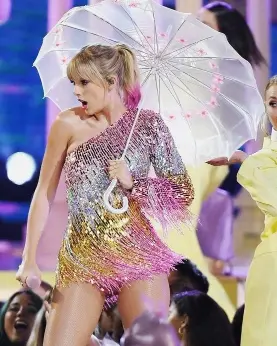
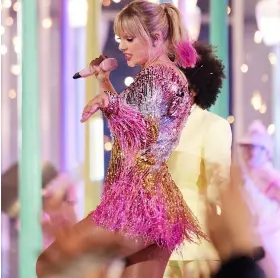
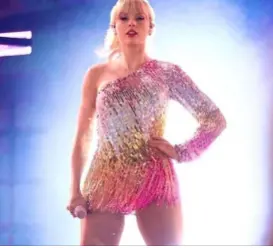
“Reputation” signaled a change from the carefree and frolick style of earlier times. Swift embraced rougher, darker imagery, experimenting with leather, bright colors, and a more defiant demeanor. The album’s thematic examination of public perception and the difficulties associated with celebrity was mirrored in the visual change.
Swift went back to a softer, more romantic visual style with “Lover” and “Folklore.” Dreamy ambiance, pastel colors, and classic costumes were all brought back by “Lover.” “Folklore” adopted a quirky cardigan style and a more understated, natural appearance, drawing inspiration from cottagecore. This stage demonstrated Swift’s capacity to change herself without losing her true identity.
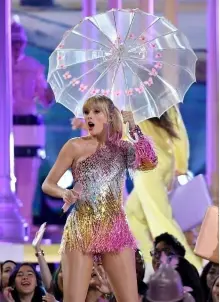
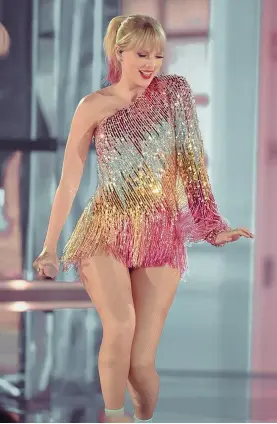
In keeping with the “Folklore” story, Swift’s “Evermore” period preserved the warm, indie-folk feel. The album’s narrative flowed naturally with the images, highlighting Swift’s changing visual journey’s feeling of cohesion and continuity.
Taylor Swift’s evolution as an artist and her command of the visual media as a crucial component of her storytelling are both captured in her visual journey across the years. Swift’s transformation from the wide-eyed country ingenue to the self-assured and strong global pop phenomenon is proof of her adaptability and dedication to sincerity. One thing has remained the same through the ages: Taylor Swift’s ability to visually enthrall audiences, leaving behind an enduring legacy as one of the most gifted and visually spectacular artists of her generation.